FREE Shipping on Orders over $89 with Account – Create One Today!
- (844)-859-9400
- Get Help
Showing 1–16 of 96 results
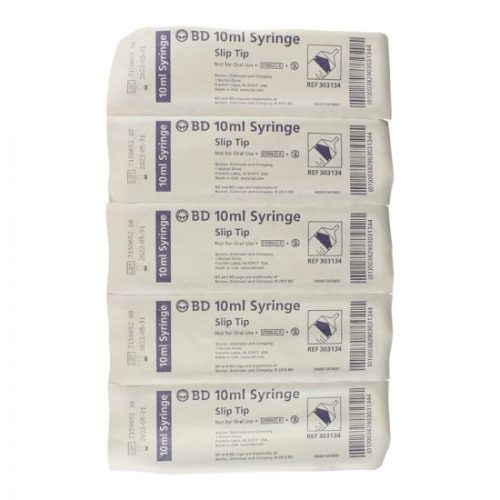

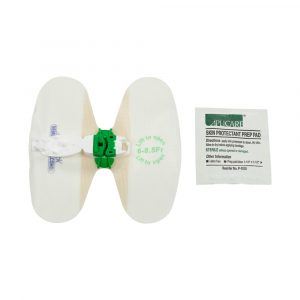

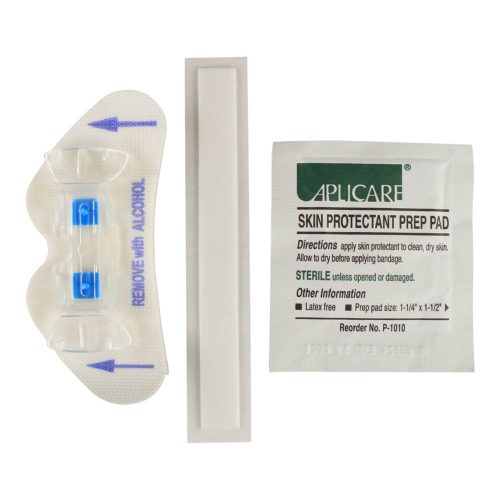

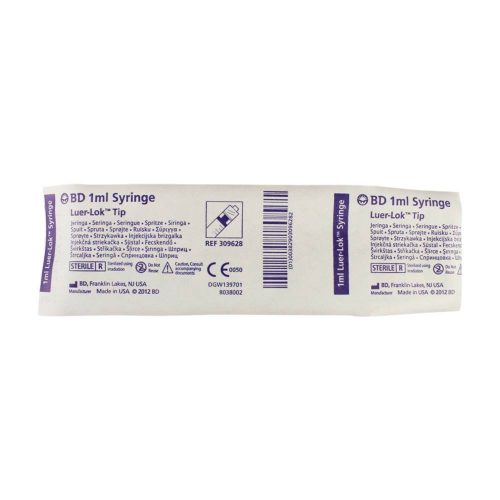

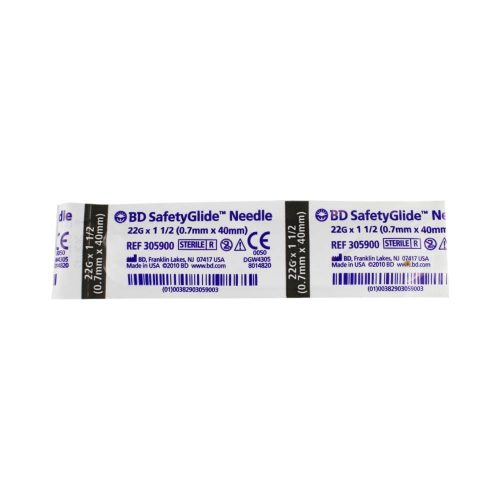
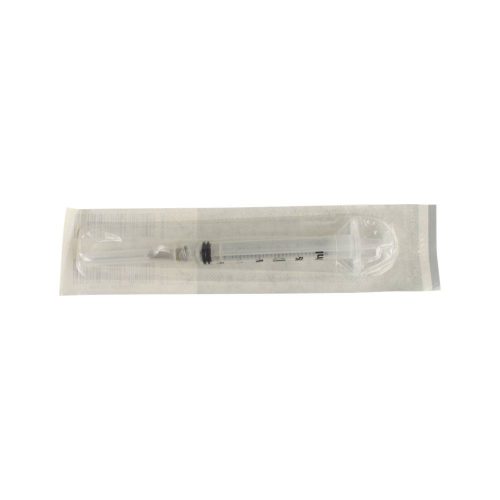
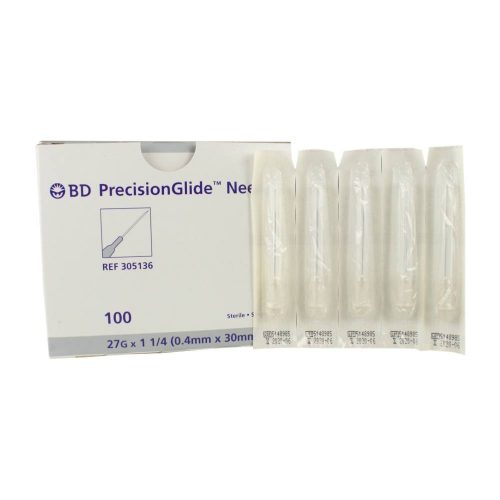
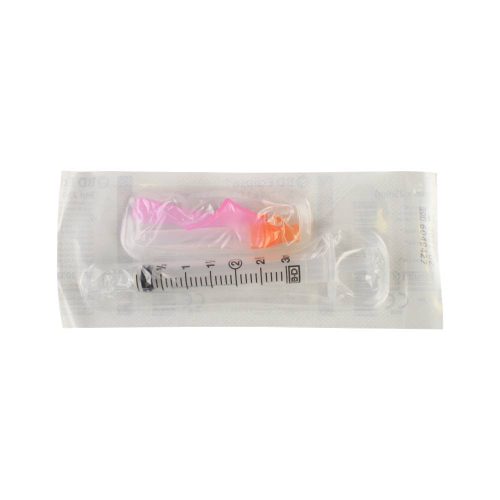

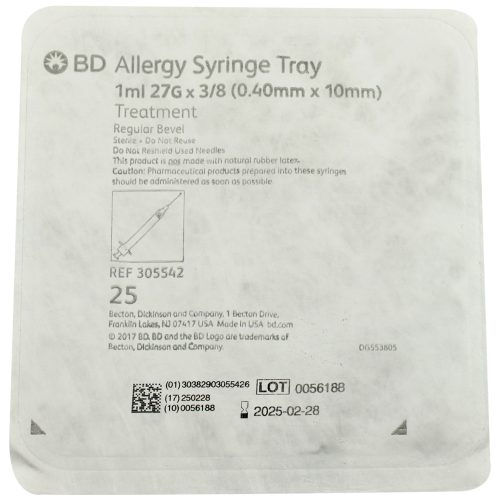
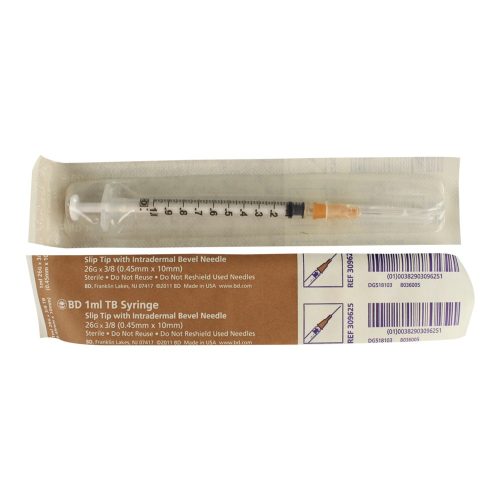
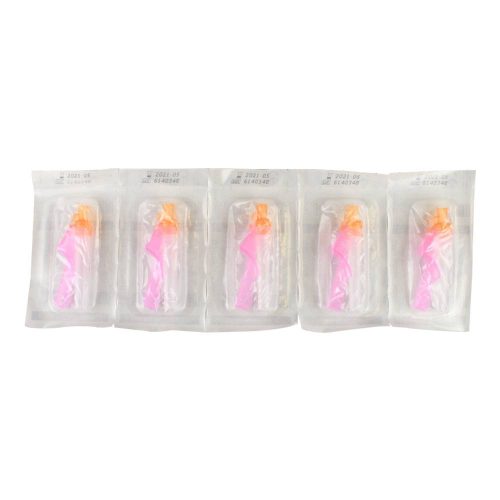
If a patient is undergoing an injection in a hospital setting or expected to perform this routine procedure at home, they’ll use a syringe with an attached needle.
In considering this arrangement, syringe size is based upon use and amount of solution that will be administered. The needle, meanwhile, is based on the solution type, injection depth and location, and the syringe tip.
Typically disposable to prevent the spread of blood-borne illnesses, syringes consist of three basic parts: a barrel, which holds the medication or solution; a plunger that assists with the injection; and a tip, where the needle is attached. Volume will be listed in centimeters or milliliters, based on how much the syringe is built to hold.
Syringe type is defined by the tip present. These include:
For these applications, needles attach directly to the syringe tip. Available in multiple sizes, their hollow composition typically includes a beveled tip to streamline the injection process, as well as a cap to reduce potential stick injuries.
Hospital needles include three basic types:
You’ll select the appropriate needle based on: